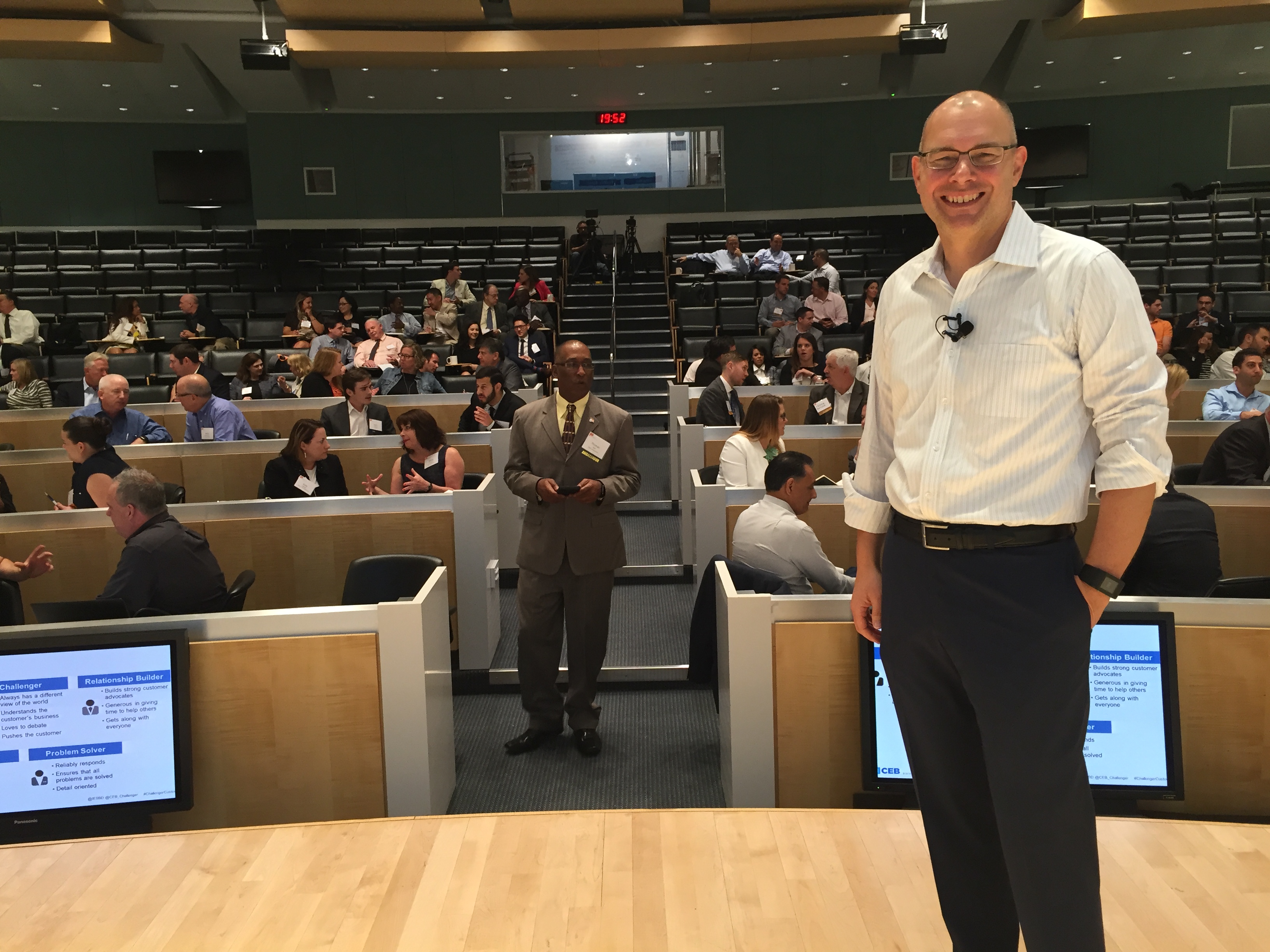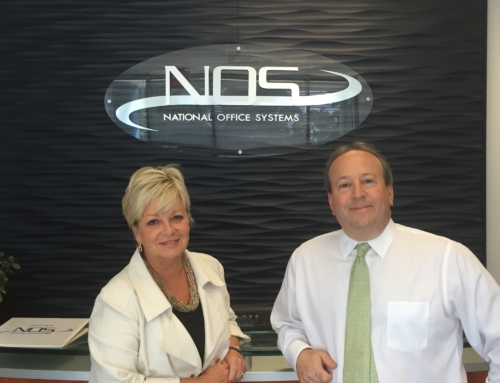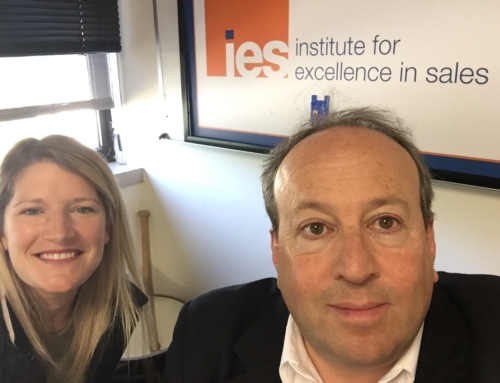There are four topics that come up time and time again at IES programs, workshops, and networking events for sales professionals: How to be more effective with 1) prospecting, 2) LinkedIn, 3) referral generation and 4) the Challenger Sale. In July, the IES brought CEB Principal Executive Advisor Brent Adamson, co-author of The Challenger Sale and its sequel The Challenger Customer to our stage to discuss the latest developments from their research.
One of the missions of the IES is to bring sales thought leaders to sales leaders. Ever since Neil Rackham, co-author of the seminal SPIN Selling, introduced IES membership to the just released book The Challenger Sale, during his IES workshop in 2011, we’ve been following its evolution since.
In short, here’s the back story that differentiates a ChallengerTM sales professionals with his/her peers. CEB interviewed and tracked thousands of sales professionals, and the original research found that Challenger sales reps have a deep understanding of the customer’s business and use that understanding to push the customer’s thinking and teach them something new about how their company can compete more effectively. Does that sound like you?
A Challenger seller does three things: teach, tailor, and take control.
CEB discovered that there were five predominant categories of sales professionals:
Hard Worker
- Always goes the extra mile
- Doesn’t give up easily
- Self-motivated
- Interested in feedback and development
Challenger
- Always has a different view of the world
- Understands the customer’s business
- Loves to debate
- Pushes the customer
Relationship Builder
- Builds strong customer advocates
- Generous in giving time to help others
- Gets along with everyone
Lone Wolf
- Follows own instincts
- Self-assured
- Independent
Problem Solver
- Reliably responds
- Ensures that all problems are solved
- Detail oriented
CEB concluded that, of these sales types, the Challenger rep had the most likelihood of success in today’s selling environment. Here’s why. The customer is now equipped with more information to make decisions than ever before due to the wealth of information they can find on the Internet or on social media. They know so much that they sometimes do not engage a rep until it’s time to get some bids. Thus, sales reps needed different tactics in order to be successful in the new world. They need to bring solutions to the customer and literally challenge them to broaden their horizons in order to grow their business.
There are pro’s and con’s to the findings. Because many IES members found that the Challenger approach made sense, we invited CEB back to tell us more. Last year, they published The Challenger Customer, a sequel to The Challenger Sale.
Brent Adamson, co-author of The Challenger Customer, presented the following new information at his IES presentation in July.
THE BIGGER THE GROUP, THE HARDER THE SALE TO MAKE
First, CEB found that the more people that are involved in the buying decision, the less likely it will be for a sale to happen. There is an indirect ratio between numbers of decision makers to the likelihood of completing a sale. If there is only one person involved in the buying decision, the purchase likelihood can be as high as 81 percent, however when there are six or more, which is not uncommon in complex sales, the likelihood can drop to as low as 31 percent!
And they found that the average buying group size was 5.4 people. These titles could include CIO, CFO, financial analyst, marketing director, procurement, etc. Because of all the people involved, most of the deals were lost to the usual suspects – no decision or stay the status quo.
Part of the challenge is in what they call the “Stakeholder Dysfunction Index,” which can include stakeholders avoiding discussing key issues and infighting amongst the group. The more dysfunction there is, the higher the difficulty of making the sale. It’s up to the sales professional to get the group to come to a collective “Yes.”
CEB identified that there are seven types of customers you need to interact with and of the seven, only three can really help you. Successful Challenger reps know how to quickly determine where each customer falls and how to get them to help “mobilize” the business forward.
THE THREE CUSTOMER TYPES YOU LIKE AND THE FOUR YOU WANT TO AVOID
The Challenger sales rep works hard to identify the “Mobilizer” customers, who CEB labeled as the “Go-Getter,” “Teacher,” and “Skeptic.” Those to avoid are the “Talkers,” labeled as the “Guide,” Friend,” “Climber,” and “Blocker.” Avoid the “Blocker” at all costs for he/she will do everything in their power to stop the deal.
The Challenger reps know that Mobilizer customers want to drive action with their company so reps lead discussions filled with thought-provoking insights. The customer may have healthy skepticism and if engaged properly will ask thought-provoking questions. Once engaged, the Mobilizers have an interest in the greater good. You can hear it in their language which places “we” as a priority, not “me.”
Unfortunately, sometimes we get stuck with the Talkers. We often get caught in their web because we believe we’re getting important information from them; however their mission is often not to drive action. Sometimes we might get sucked into their vortex thinking they are helping us because they’ll always agree to meet, often over lunch. We’re lured into deceptively believing that our likelihood of getting the business is higher because they often want to please and may not tell us the truth. Has this happened to you?
ENGAGE THE MOBILIZER CUSTOMERS WITH ASSETS, NOT THOUGHT LEADERSHIP
One distinction that Brent brought up was the increased value a Challenger rep would bring by offering commercial insight instead of thought leadership.
Even more stunning were the stats that showed that “teaching customers something new about their business needs/challenges” and “providing the customer with compelling reasons to take action” were three and four times as valuable as providing them with your own expertise.
One attendee at Brent’s program is now questioning whether the article links that he and his firm sends to his prospects are of any value after all.
Star Challenger reps coach the customer, while a less-evolved rep gets coached by the customer. A star rep engagement strategy includes the following:
- Arm the customer to teach (internally)
- Help buyers build consensus
- Help customers understand the purchase process
SUMMARY
At the July IES session, we learned the following:
- Mobilizers customers are the stakeholder profile most likely to drive organizational change and action. Find them.
- How to coach and equip Mobilizers to drive organizational alignment and consensus.
- How to resolve stakeholder disconnects by driving them to engage in Collective Learning
Have you changed the way you interact with customers since The Challenger Sale came out? If so, how?






